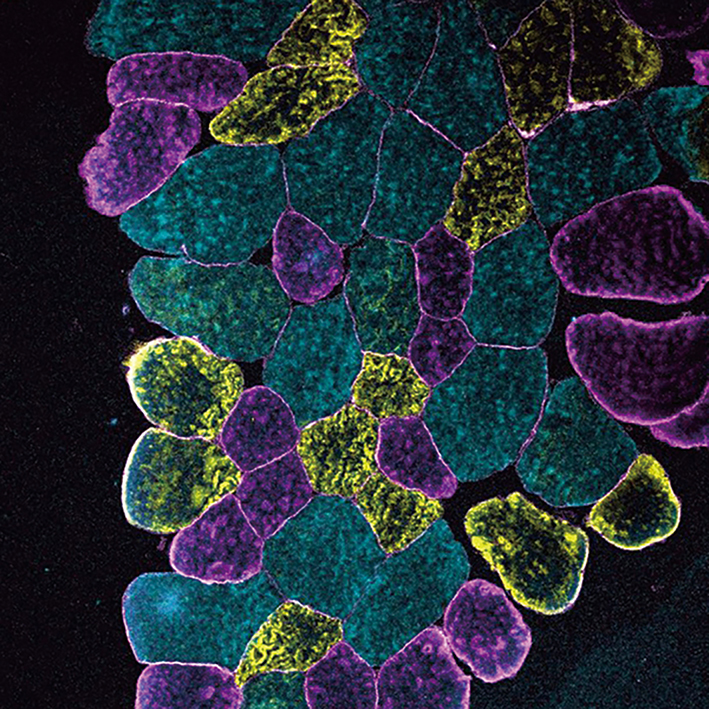The “longevity protein” SIRT5 could hold the key to delaying age-related muscle decline. A study led by researchers from the Institute of Zoology (IOZ) of the Chinese Academy of Sciences and Capital Medical University in Beijing reveals that SIRT5 mitigates skeletal muscle aging by blocking pro-inflammatory pathways. Published in Nature Metabolism on March 14, 2025, the work identifies SIRT5’s interaction with protein kinase TBK1 as critical to preserving muscle mass and function.
Using primate models, the team observed hallmark aging traits—shrinking muscle fibers, chronic inflammation, and depleted stem cells—linked to reduced SIRT5 levels. Restoring SIRT5 in aged mice via gene therapy reversed these effects: after five weeks, treated mice showed improved strength, enlarged muscle fibers, and reduced inflammation. The research proposes SIRT5-targeted therapies as a viable strategy to combat age-related muscle deterioration and associated chronic diseases. Unlike existing interventions, this approach addresses the root molecular cause of muscle aging, offering potential for broad clinical applications.

Fiber-type distribution in aged cynomolgus monkey skeletal
muscle (cross-sectional view). (Graphic: LIU Guanghui’s lab, IOZ)

